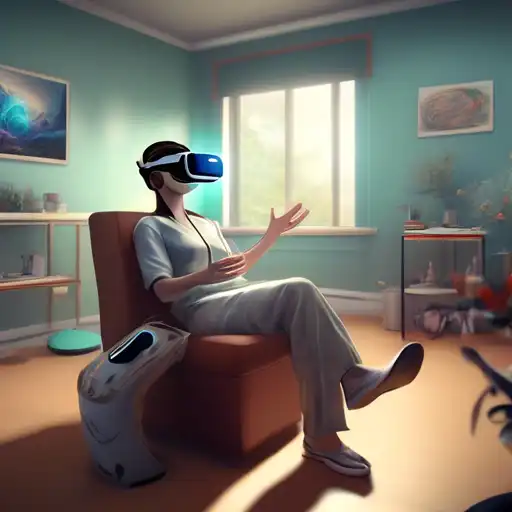The Transformative Role of Virtual Reality in Modern Therapy
Virtual Reality (VR) technology has transcended its initial entertainment-centric applications to become a groundbreaking tool in the field of therapy. By creating immersive, controlled environments, VR offers unique opportunities for treating a variety of psychological and physical conditions. This article explores the innovative ways VR is being utilized in therapy, highlighting its benefits and potential for future applications.
Understanding VR Therapy
VR therapy involves the use of virtual reality technology to simulate environments where patients can confront and work through their issues under the guidance of a therapist. This method has shown remarkable success in treating conditions such as PTSD, anxiety disorders, and phobias. The controlled nature of VR allows therapists to tailor scenarios to each patient's specific needs, making it a highly personalized form of treatment.
Applications of VR in Therapy
The applications of VR in therapy are vast and varied. Below are some of the most significant ways VR is being used to improve mental and physical health:
- Exposure Therapy: VR is particularly effective in exposure therapy, helping patients face their fears in a safe, controlled environment.
- Pain Management: VR has been used to distract patients during painful procedures, reducing their perception of pain.
- Rehabilitation: For physical therapy, VR can simulate real-life activities to help patients regain mobility and strength.
- Social Skills Training: Individuals with autism or social anxiety can practice social interactions in a virtual setting to build confidence.
The Benefits of VR Therapy
VR therapy offers several advantages over traditional therapy methods. These include:
- Accessibility: Patients can receive therapy from the comfort of their homes, making treatment more accessible to those with mobility issues or living in remote areas.
- Safety: The virtual environment provides a safe space for patients to confront their fears without real-world risks.
- Engagement: The immersive nature of VR can lead to higher levels of patient engagement and motivation.
Challenges and Considerations
Despite its potential, VR therapy faces challenges such as high costs and the need for specialized equipment. Additionally, the effectiveness of VR therapy can vary depending on the individual, requiring therapists to carefully assess its suitability for each patient.
The Future of VR in Therapy
As VR technology continues to evolve, its applications in therapy are expected to expand. Future developments may include more realistic simulations, greater accessibility, and integration with other therapeutic technologies. The potential for VR to revolutionize therapy is immense, offering hope for more effective and personalized treatment options.
For those interested in exploring the intersection of technology and mental health further, consider reading about the impact of technology on mental health.
